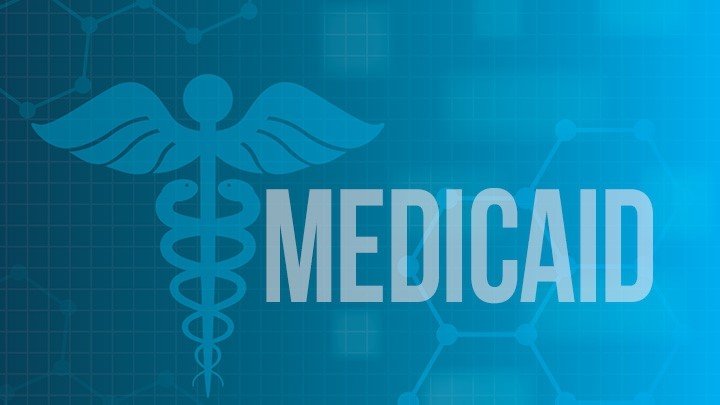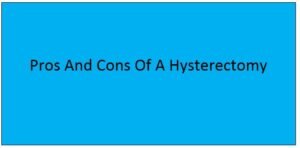Image source: ideastations.org
Medicaid in the United States is a federal and state program that helps with medical costs for people with limited income and resources.
Medicaid also offers benefits not normally covered by Medicare like nursing, home care, and personal care services.
The health insurance Association of America describes Medicaid as a government insurance program for persons of all ages whose income and resources are insufficient to pay for health care. Similarly, Medicaid is the largest source of funding for medical and health-related services for people with low income in the United States.
PROS:
1. People who can’t afford medical care can still receive it. Most of the beneficiaries of Medicaid are children and households that do not meet certain income standards. Citizens can enroll their children and themselves into the medical program so that they can receive annual checkups, medications, or vaccines when necessary
2. It gives medical providers a natural customer base. Every community has households that qualify for Medicaid. Likewise, any medical provider who accepts Medicaid will have a natural base of customers. In addition, businesses are more established and expanded with ease.
3. There is guaranteed payment through Medicaid. In an era where medical debt is building up for many households, Medicaid provides medical providers with a guaranteed stream of income.
4. Patient copays are often lower and more affordable. The copies of Medicaid can be as low as $2. For some procedures, certain appointments don’t even have a copay.
5. There is an ethical argument to consider. Providing health care coverage for those in need may seem like welfare or social spending to some. But in others, it is like caring for those who don’t have the financial resources to care for themselves.
6. It offers people a level of financial protection. Medical care expenses are covered by this program therefore, low-income earners don’t have to worry about the expenses.
7. It covers 1 in 5 Americans and serves diverse populations. Medicaid provides health and long-term care to millions of poorest and vulnerable people. It also acts as a high-risk pool for the private insurance market.
8. Medicaid concentrates its services on the elderly and those with disabilities. In fact, all seniors and people with disabilities account for almost two-thirds of medical aid spending.
9. It covers a broad range of health and long-term services care. Medicaid covers a broad range of services in order to address the diverse needs of the population it serves
10. Participants get care through private managed care plans. Managed-care plans are responsible for ensuring access to Medicaid services.
CONS:
1. There is no guaranteed timing on payments. The government can decide to delay the payments to Medicaid providers at any time. To the medical providers that rely on Medicaid payments for compensation, in other words, no money may come in for an extended period of time, and nothing they can do about it.
2. It may create doctor shortages in certain regions. There are many people who qualify for Medicaid. As a result, it can overwhelm the care structure that some communities have.
3. Some procedures are denied even after services are rendered. Some services are deemed to be experimental or unnecessary and therefore, Medicaid doesn’t cover them.
4. Funding is not always appropriated fairly. Some states believe that fund matching occurs more frequently in wealthier states. The richer population gets more money instead of distributing it to the poor population.
5. Not every low-income individual actually qualifies for Medicaid. States are in control of the qualification levels for Medicaid so each one is a little different.
6. Limitation as to the type of treatment covered by Medicaid. The program evaluates each treatment plan however it may not cover a particular procedure deemed unnecessary or experimental.
7. Medicaid reimbursement is often lowering compared to the doctor’s usually charges. This also discourages doctors from accepting Medicaid patients.
8. In some cases, Medicaid recipients have become targets for discrimination. Elderly people in a nursing home are more prone to discrimination compared to others. They can also be transferred to different settings.
9. In case of emergency, it results in a poor way of treatment. With Medicaid in case of an emergency, the patient cannot undergo some of the treatment.
10. Medicaid facilities are not always available. Medicaid facilities are not always available therefore, you cant depend on them.



